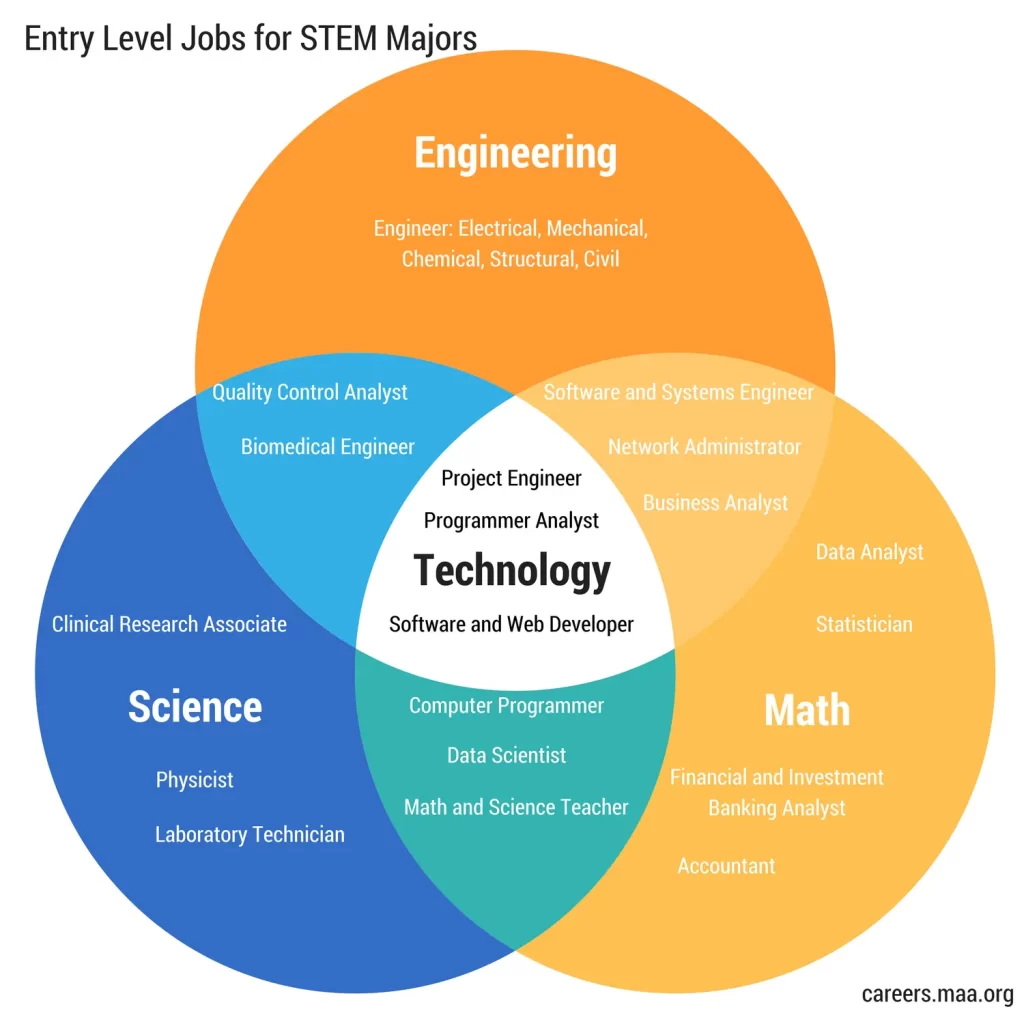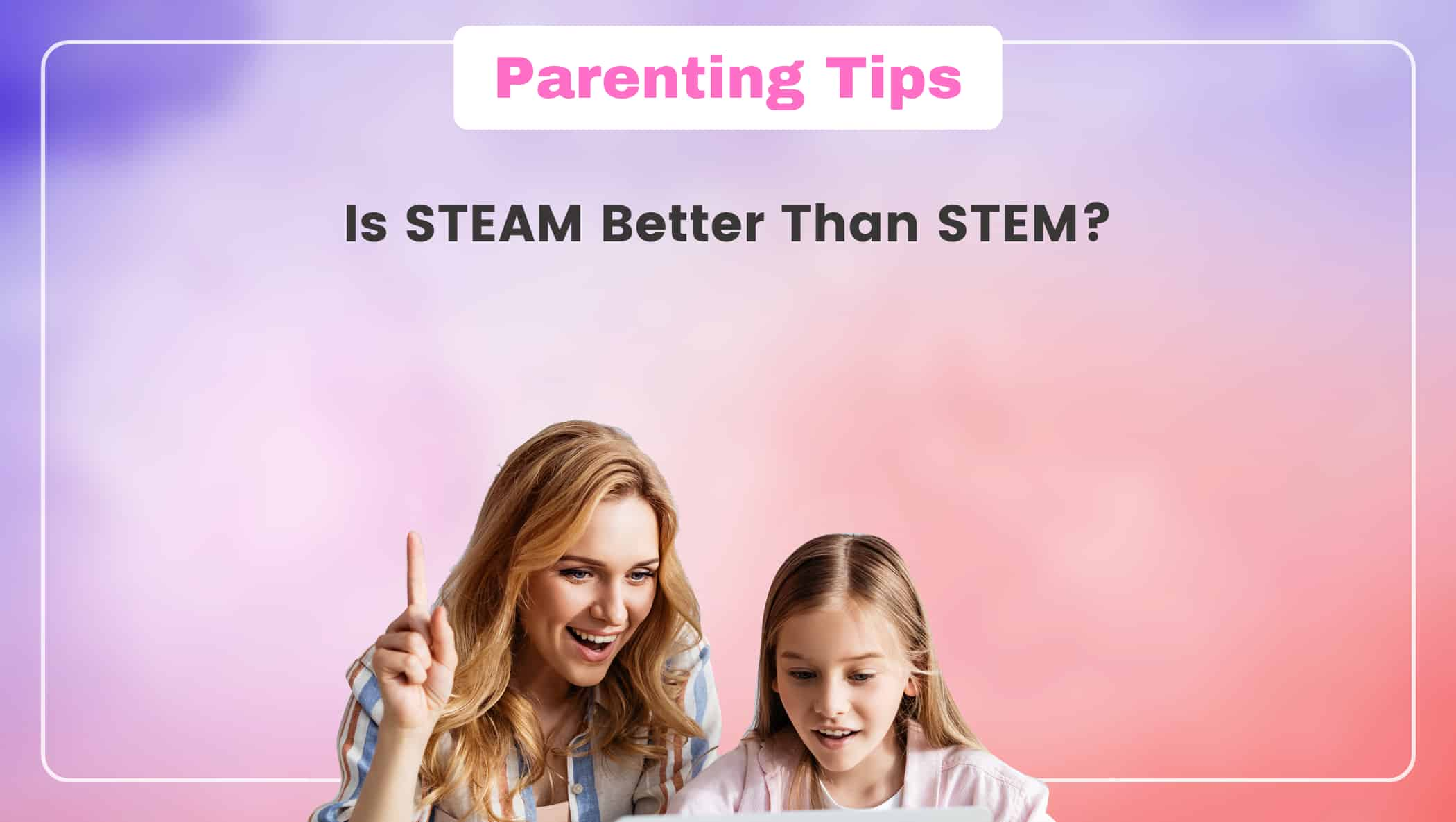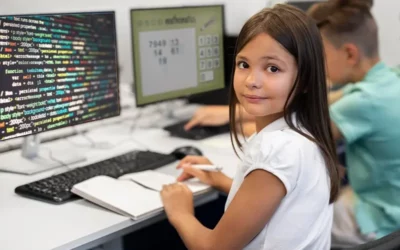Today’s world revolves around the modern workforce, and students must be prepared for the same.
Traditional methods of teaching and learning are giving way to more advanced and logical methods.
Taking notes and reciting facts is not enough; instead, focusing on the most valuable skills is.
The goal of these skills goes far beyond traditional assessment models, digitized worksheets, and STEM’s scientific approach (Science, Technology, Engineering, and Mathematics).
You’ve probably heard the term STEM a lot these days, and STEAM is another term that’s frequently used with it.
So, what exactly do these words mean? Let’s dig deeper into their meanings and see which is superior when it comes to STEM vs. STEAM.
Table of contents
What is STEM?
STEM stands for Science, Technology, and Mathematics. Since the late twentieth century, engineering and mathematics have been focused on education, which contributed to the ongoing shortage of technology during that period.
Many governments around the world have made significant investments in STEM education and promotion since then.
STEM projects required artistic design, communication, and collaboration elements, and without these elements, projects may not reach their full potential.
Encouraging STEM skills has led to decreased stress on other subjects in the field of arts and humanities.
What is a STEAM?
STEAM can be seen as an extension of STEM education with the addition of arts and humanities studies.
It emphasizes not only the core subjects of science, technology, engineering, and mathematics but also the arts and humanities which is a significant distinction from STEM.
While STEM focuses on a practical and arithmetic approach to teaching coding, which also includes technical subject matter, arts are frequently overlooked, despite their importance in the learning process.
When educators think of the arts, they typically think of graphics, but STEAM encompasses everything from digital design and language arts to music and performing arts.
Is STEAM better than STEM?
There is room for advancement in all fields of science, technology, engineering, art, and math.
Students should select a curriculum based on their unique abilities, career goals, and interests.
One practice that detracts from STEAM exposure is that STEM professionals should develop both hard and soft skills to be efficient applicants ready for the market’s various career options.
STEM, as the name implies, focuses on core technological subjects, and the study that follows is more technological.
This can sometimes prevent students from developing soft skills, which are an important part of a person’s personality, as well as businesses and life in general.
STEAM, on the other hand, takes a more holistic approach, in which soft skills are treated as an integral part of the education.
It actually encourages collaborations between STEM subjects and other arts and humanities disciplines.
This can result in the birth of newer innovations outside of STEM or the arts and humanities, breaking down the glass ceilings of specific disciplines.
STEM Career Opportunities

STEAM Career Opportunities
| Architects | Sound Engineers |
| Video Game Designers | Scientific and Medical Marketers |
| Photographers | Scientific and Medical Writers and Editors |
| Graphic Designers | Sound Designers |
| Forensic Psychologists | Product Designers |
| Animators | Front End Developers |
| Medical and Scientific Illustrators |
Conclusion
As a result, STEAM focuses on scientific concepts. Unlike STEM, which focuses on hard scientific skills, STEAM uses both hard and soft skills to solve problems.
For example, rather than teaching math separately from science, they can be taught together in a way that demonstrates how the knowledge from those two fields complements and supports one another.
In this sense, STEAM education appears to be a better fit for where humanity and technology are now and where we are headed.
With the world moving at such a breakneck pace, BrightChamps recognized the need to introduce key life/future skills to children to keep them ahead of the game.
We offers robotics classes for kids as part of their STEM education curriculum. These classes provide young learners with hands-on experiences in building and programming robots, fostering their understanding of science, technology, engineering, and mathematics concepts.
With a mission to bridge the gap left by traditional education, we are bringing key future skills through specially designed courses on coding and financial literacy activities for kids taught by some of the world’s best minds from top-tier institutes such as IITs and IIMs.















